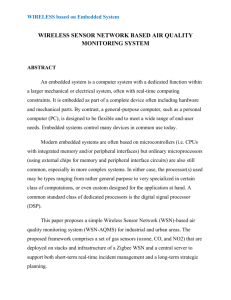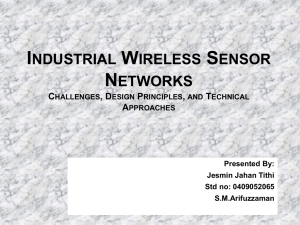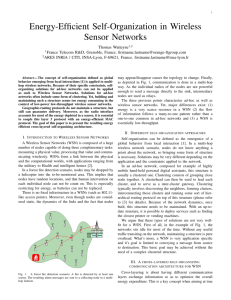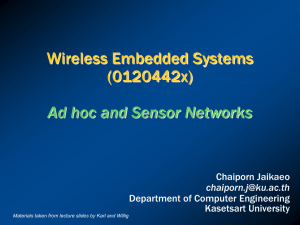In the college, my friends like to call me “Hacker Si”, for many
advertisement
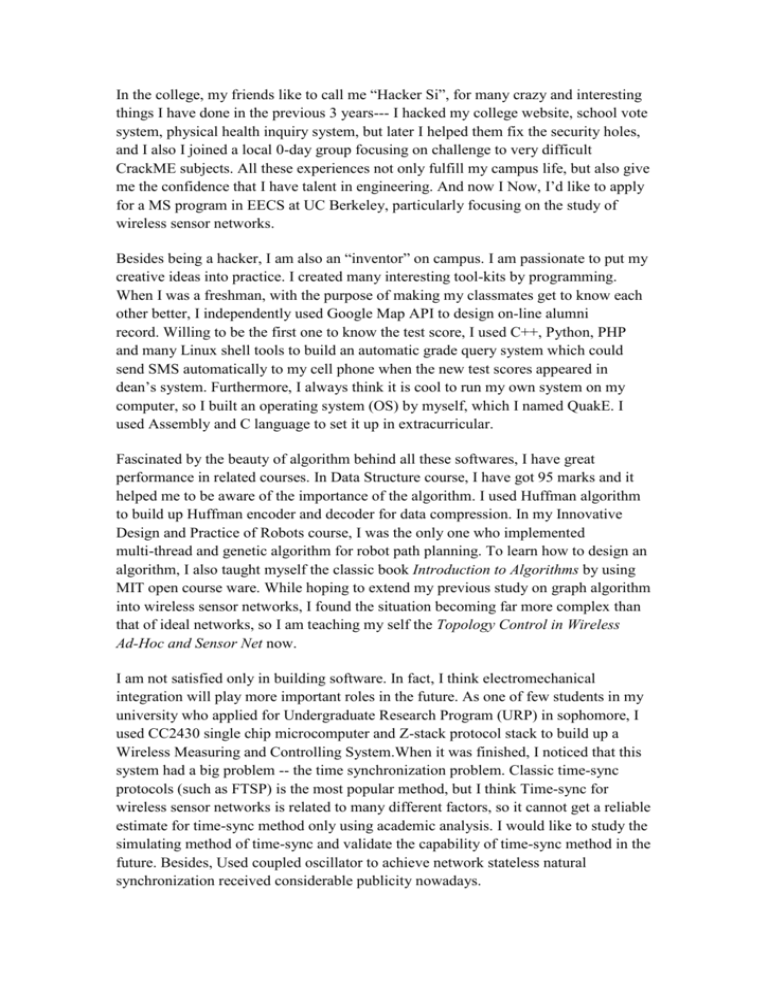
In the college, my friends like to call me “Hacker Si”, for many crazy and interesting things I have done in the previous 3 years--- I hacked my college website, school vote system, physical health inquiry system, but later I helped them fix the security holes, and I also I joined a local 0-day group focusing on challenge to very difficult CrackME subjects. All these experiences not only fulfill my campus life, but also give me the confidence that I have talent in engineering. And now I Now, I’d like to apply for a MS program in EECS at UC Berkeley, particularly focusing on the study of wireless sensor networks. Besides being a hacker, I am also an “inventor” on campus. I am passionate to put my creative ideas into practice. I created many interesting tool-kits by programming. When I was a freshman, with the purpose of making my classmates get to know each other better, I independently used Google Map API to design on-line alumni record. Willing to be the first one to know the test score, I used C++, Python, PHP and many Linux shell tools to build an automatic grade query system which could send SMS automatically to my cell phone when the new test scores appeared in dean’s system. Furthermore, I always think it is cool to run my own system on my computer, so I built an operating system (OS) by myself, which I named QuakE. I used Assembly and C language to set it up in extracurricular. Fascinated by the beauty of algorithm behind all these softwares, I have great performance in related courses. In Data Structure course, I have got 95 marks and it helped me to be aware of the importance of the algorithm. I used Huffman algorithm to build up Huffman encoder and decoder for data compression. In my Innovative Design and Practice of Robots course, I was the only one who implemented multi-thread and genetic algorithm for robot path planning. To learn how to design an algorithm, I also taught myself the classic book Introduction to Algorithms by using MIT open course ware. While hoping to extend my previous study on graph algorithm into wireless sensor networks, I found the situation becoming far more complex than that of ideal networks, so I am teaching my self the Topology Control in Wireless Ad-Hoc and Sensor Net now. I am not satisfied only in building software. In fact, I think electromechanical integration will play more important roles in the future. As one of few students in my university who applied for Undergraduate Research Program (URP) in sophomore, I used CC2430 single chip microcomputer and Z-stack protocol stack to build up a Wireless Measuring and Controlling System.When it was finished, I noticed that this system had a big problem -- the time synchronization problem. Classic time-sync protocols (such as FTSP) is the most popular method, but I think Time-sync for wireless sensor networks is related to many different factors, so it cannot get a reliable estimate for time-sync method only using academic analysis. I would like to study the simulating method of time-sync and validate the capability of time-sync method in the future. Besides, Used coupled oscillator to achieve network stateless natural synchronization received considerable publicity nowadays. Although what I have made was just a simple WSN prototype, I was deeply fascinated by this technology. It is totally different from software engineering – I can use my computer to control or monitoring our environmental in WSN field and it make me realized that I can use my computer to do more things. I think WSNs have the potential to enhance and change the way people interact with technology and the world. In my second project, I extended the star topology structure wireless sensor networks to a complicated mesh structure (using TinyOS). To enhance the QoS (quality of service), I need to find a self-balance mechanism to balance the real-timing, reliability and resource utilization rates. Therefore, I choose to use data fusion technique to decline the redundant data and save energy. I noticed that in the distributed in-cluster algorithm the transmission between cluster heads and a fusion center hinders further reduce of transport energy. Therefore, I tried to use an improved Ant Colony Optimization (ACO) to to handle frequent topological changes and reliable delivery. As for career goal, I would like to continue my career in wireless sensor networks. Therefore, I choose networking and communications as my concentration tracks in the M.S. Program. To be more specific, I would like to improve the WSN’s platform. There is little research in QoS routing in sensor networks. I think the future research should address the issues of WSN platform’s security, QoS (quality of services), and node mobility. I would like to create a robust and energy-efficiency network algorithm with high QoS in my WSN platform during my postgraduate study. My long-term goal is to join or establish a research institute working on developing wireless sensor networks applications. The exceptional Berkeley Wireless Research Center (BWRC) at UC Berkeley is the very place for me to discuss the frontier technical issues in routing algorithms and find creative ways to solve them with a diversity of experts and intelligent students worldwide. With my previous experience and achievements, I can say with confidence, that I will be a very diligent, enthusiastic and competent candidate waiting for your admission into your graduate program.






